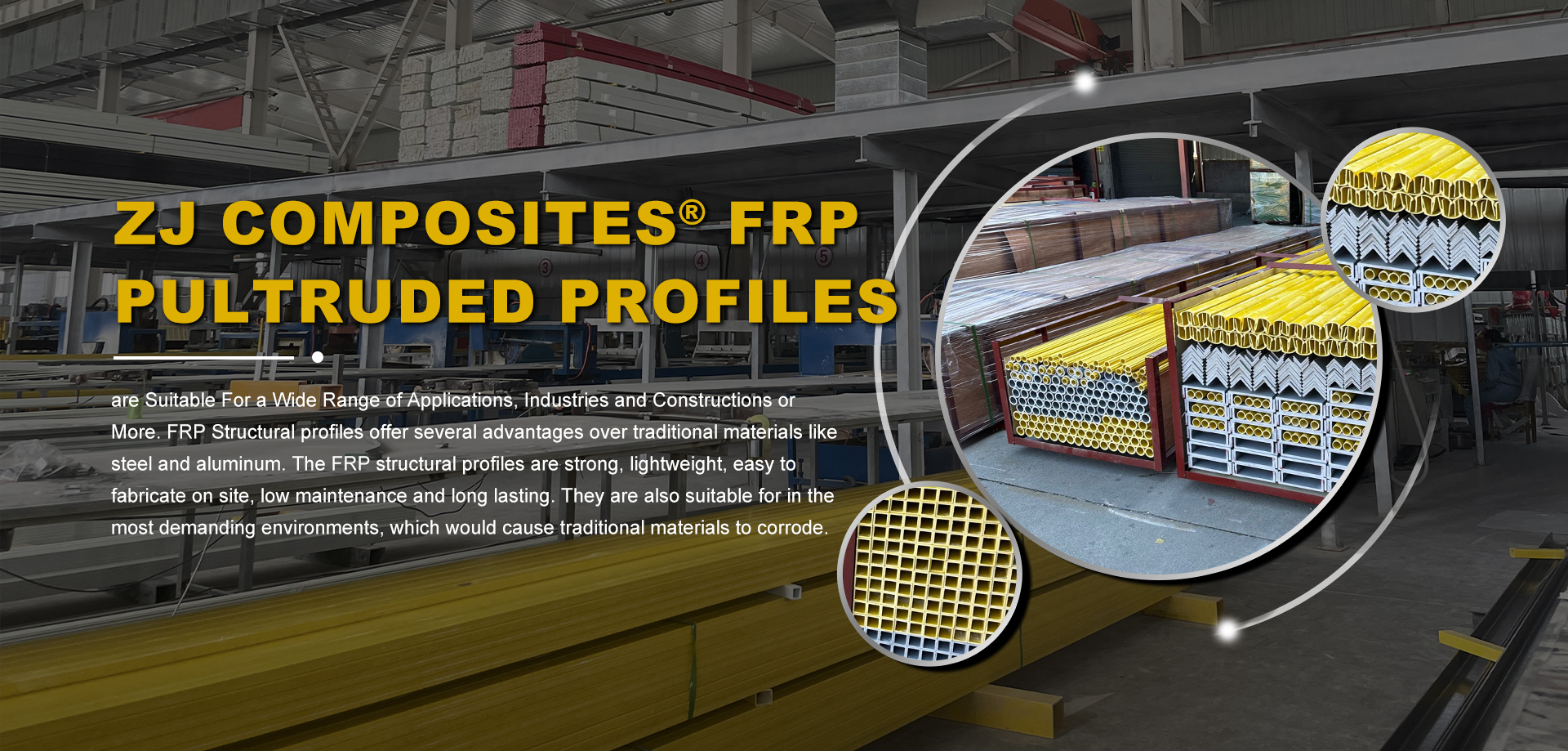loading...
- No. 9, Xingyuan South Street, Dongwaihuan Road, Zaoqiang County, Hengshui, Hebei, China
- admin@zjcomposites.com
- +86 15097380338
- Welcome to visit our website!
glass fiber reinforced polymer gfrp rebar
Understanding Glass Fiber Reinforced Polymer (GFRP) Rebar A Modern Construction Solution
In the quest for innovation and sustainability in construction materials, Glass Fiber Reinforced Polymer (GFRP) rebar has emerged as a highly desirable alternative to traditional steel reinforcement bars. As civil engineering continues to evolve, the necessity for materials that are both durable and lightweight becomes increasingly paramount. GFRP rebar, which consists of a polymer matrix reinforced with glass fibers, addresses these needs effectively.
Understanding Glass Fiber Reinforced Polymer (GFRP) Rebar A Modern Construction Solution
Additionally, GFRP rebar is considerably lighter than its steel counterpart, making it easier to handle and transport. This reduced weight not only simplifies construction logistics but also diminishes the overall weight of the structure, which can be a critical factor in seismic design and other engineering applications. The lightweight nature of GFRP also leads to reduced equipment and labor costs, further enhancing its economic viability.
glass fiber reinforced polymer gfrp rebar

Another noteworthy property of GFRP is its high tensile strength-to-weight ratio. This means it can withstand substantial loads without compromising structural integrity. As a result, GFRP rebar can be utilized effectively in a wide array of applications, from elevated setting premises to precast concrete products, where higher load-bearing capacities are essential.
Furthermore, GFRP exhibits excellent thermal and electrical insulation properties. Unlike metal, GFRP does not conduct electricity, making it an ideal solution in projects where electrical isolation is crucial—such as in power plants or facilities handling sensitive electronic equipment. Its thermal non-conductivity can also contribute to energy efficiency in buildings, improving insulation and reducing heating or cooling costs.
Despite these benefits, there are considerations to keep in mind when opting for GFRP rebar. One of the primary challenges is the initial cost, as GFRP can be more expensive than conventional steel rebar. However, this initial investment is often offset by the long-term savings associated with reduced maintenance and increased durability. Additionally, understanding GFRP's mechanical properties, including its lower modulus of elasticity compared to steel, is essential for engineers to ensure proper design and performance.
In summary, Glass Fiber Reinforced Polymer rebar represents a significant advancement in construction materials. The combination of corrosion resistance, lightweight properties, high tensile strength, and excellent insulation makes GFRP an attractive option for modern infrastructure projects. As more engineers and architects recognize the advantages of this innovative material, its application is likely to expand in the construction industry, paving the way for more sustainable and durable building practices. Whether utilized in bridges, buildings, or various civil engineering projects, GFRP rebar stands as a testament to the future of construction materials.
-
The Rise of FRP Profiles: Strong, Lightweight, and Built to LastNewsJul.14,2025
-
SMC Panel Tanks: A Modern Water Storage Solution for All EnvironmentsNewsJul.14,2025
-
GRP Grating: A Modern Solution for Safe and Durable Access SystemsNewsJul.14,2025
-
Galvanized Steel Water Tanks: Durable, Reliable, and Ready for UseNewsJul.14,2025
-
FRP Mini Mesh Grating: The Safer, Smarter Flooring SolutionNewsJul.14,2025
-
Exploring FRP Vessels: Durable Solutions for Modern Fluid HandlingNewsJul.14,2025
-
GRP Structures: The Future of Lightweight, High-Performance EngineeringNewsJun.20,2025
